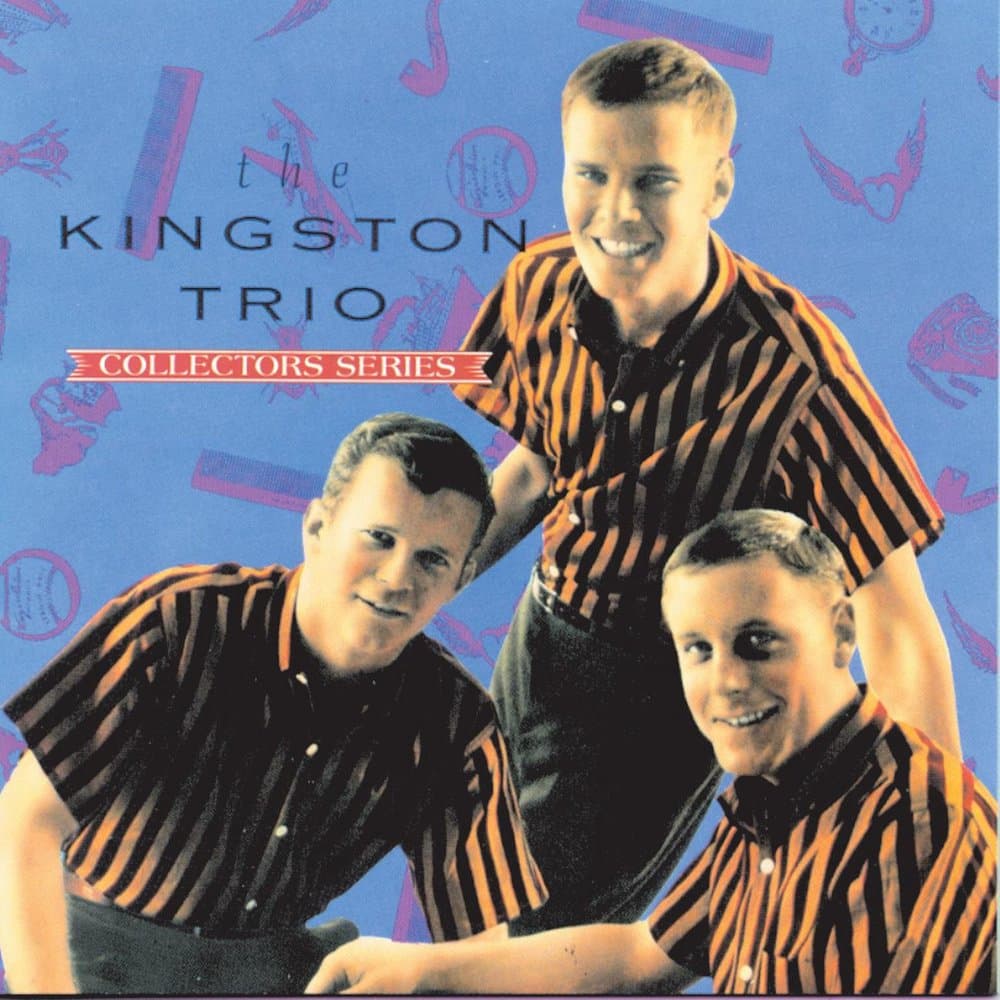
“Tom Dooley”: The Kingston Trio’s Haunting Ballad of Tragedy and Timeless Folk Revival
In 1958, The Kingston Trio released “Tom Dooley,” a song that would become a landmark in the revival of American folk music. Based on a tragic true story from North Carolina’s post-Civil War era, the song’s evocative lyrics and simple arrangement helped it reach No. 1 on the Billboard Hot 100 and sell over three million copies, earning the group a Grammy Award for Best Country & Western Recording. Though rooted in Appalachian folklore, “Tom Dooley” captured the imagination of listeners across the country, marking the arrival of the folk revival movement in mainstream music.
At its heart, “Tom Dooley” recounts the haunting tale of Tom Dula, a Confederate soldier convicted of the 1866 murder of his lover, Laura Foster. Though the historical details are murky—some suggest another woman named Ann Melton was involved—the essence of the ballad revolves around Dula’s impending execution and his lament over Foster’s death. Folk music, by tradition, has long been a way to preserve stories of tragedy and injustice, and “Tom Dooley” does just that. Its lyrics echo the condemned man’s sorrow:
“Hang down your head, Tom Dooley / Hang down your head and cry / Hang down your head, Tom Dooley / Poor boy, you’re bound to die.”
This refrain captures both resignation and regret, turning the song into a somber meditation on fate and the consequences of passion gone awry. The tragic subject matter, paired with its mournful melody, gave the song emotional depth that resonated deeply with audiences of the time.
The success of “Tom Dooley” wasn’t just a fluke; it signaled the beginning of a new chapter in American popular music. The Kingston Trio—comprised of Dave Guard, Bob Shane, and Nick Reynolds—modernized traditional folk music with polished arrangements, tight vocal harmonies, and an accessible, pop-influenced style. Their version of “Tom Dooley” stripped the story down to its essentials, with sparse instrumentation featuring an acoustic guitar and banjo, allowing the focus to remain on the melody and lyrics.
The trio’s rendition differed from older, rawer folk versions by emphasizing smooth harmonies and a rhythmic, rolling cadence that appealed to mainstream listeners. With this polished sound, they bridged the gap between traditional folk and popular music, making complex, regional stories like “Tom Dooley” accessible to a national audience.
Released as a single in August 1958, “Tom Dooley” rapidly climbed the charts, reaching No. 1 on the Billboard Hot 100 in November 1958. It stayed on the charts for months, eventually selling more than three million copies. The song’s success was instrumental in introducing folk music to mainstream audiences and paved the way for other artists, such as Peter, Paul and Mary and Bob Dylan, to find success with folk-inspired material in the following decade.
The Kingston Trio’s impact extended beyond just music sales; their version of “Tom Dooley” also won the Grammy Award for Best Country & Western Recording at the very first Grammy Awards ceremony in 1959. This recognition, though surprising for a folk song, demonstrated the genre’s growing influence and blurred the lines between folk, country, and pop music.
Musically, “Tom Dooley” is a masterclass in simplicity. Its arrangement is built around a steady strumming pattern on the acoustic guitar, with occasional banjo flourishes to evoke a traditional folk sound. The trio’s vocal delivery is restrained yet emotional, perfectly capturing the somber mood of the lyrics without excessive embellishment.
This minimalist approach allowed the story to take center stage. Listeners could easily follow the narrative of love, betrayal, and punishment while being drawn in by the hypnotic rhythm of the music. The group’s harmonies, particularly in the refrain, lend an eerie beauty to the song, heightening its emotional impact.
Though more than six decades have passed since its release, “Tom Dooley” remains a staple in folk music and a defining song in The Kingston Trio’s repertoire. The song’s influence can be felt in the later successes of artists such as Joan Baez and The Byrds, who carried the torch of the folk revival into the 1960s. Moreover, “Tom Dooley” opened the door for storytelling to regain prominence in popular music, proving that audiences craved not just catchy tunes but meaningful, narrative-driven songs.
The song’s enduring appeal lies in its ability to balance simplicity with emotional resonance. Whether listeners are drawn in by the tragic narrative, the haunting melody, or the trio’s impeccable harmonies, “Tom Dooley” continues to captivate new audiences while reminding older generations of the folk revival’s heyday.
“Tom Dooley” is more than just a song; it is a musical time capsule, preserving a piece of 19th-century American folklore within the polished harmonies of mid-20th-century pop-folk. The Kingston Trio’s version not only introduced a new generation to folk music but also set the stage for the socially conscious and narrative-driven songs that would come to define the 1960s.
With its chart-topping success, Grammy recognition, and lasting influence, “Tom Dooley” remains a shining example of how traditional music can be reinterpreted for modern audiences. It stands as both a testament to The Kingston Trio’s talent and a reminder that great music—like the tragic story of Tom Dula—never truly fades.